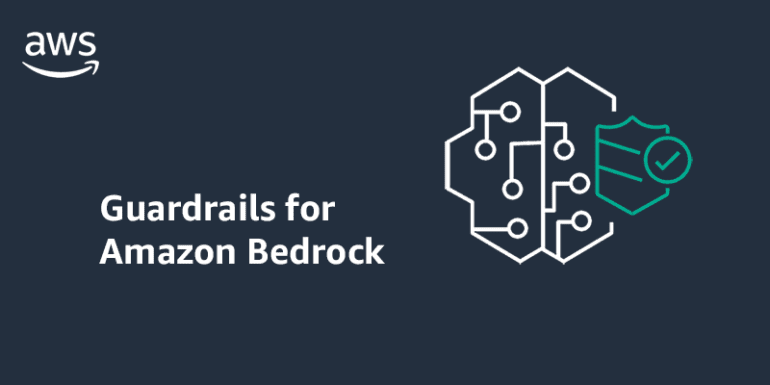TL;DR:
- AWS introduces Guardrails for Amazon Bedrock at re:Invent.
- The tool helps organizations implement safeguards for language models.
- It allows the defining of off-limits topics and filters offensive content.
- PII data can be filtered to protect privacy.
- Ray Wang, founder of Constellation Research, highlights its significance.
- The tool is expected to be available to all customers next year.
Main AI News:
Large language models (LLMs) have undeniably transformed the business landscape, enabling remarkable gains in various sectors. However, they come with their fair share of challenges and ethical concerns. Addressing these issues is essential to harnessing the full potential of LLMs while ensuring responsible and safe utilization. At AWS re:Invent in Las Vegas, AWS CEO Adam Selipsky unveiled a solution to this predicament – Guardrails for Amazon Bedrock.
Guardrails for Amazon Bedrock empowers organizations to consistently implement safeguards that align with their company policies and principles, fostering relevant and secure user experiences. In a recent blog post, the company highlighted the significance of this tool in managing the boundaries of language models.
This innovative tool allows companies to define and restrict the scope of language used by the model. Consequently, if a user poses a question outside the model’s defined boundaries, it will refrain from generating an answer, thereby avoiding potentially inaccurate or offensive responses that could damage a brand’s reputation.
At its core, this tool permits organizations to identify topics that should remain off-limits for the model. For example, a financial services company may wish to prevent the model from offering investment advice to users, as it could lead to inappropriate recommendations. This can be achieved by specifying a denied topic with a clear natural language description, such as “Investment advice refers to inquiries, guidance, or recommendations regarding the management or allocation of funds or assets with the goal of generating returns or achieving specific financial objectives.”
Furthermore, organizations can fine-tune their control by filtering out specific words and phrases that may be deemed offensive. By applying varying filter strengths to different words and phrases, the model can discern what lies beyond acceptable boundaries. Additionally, the tool offers the capability to filter out personally identifiable information (PII), ensuring that private data remains safeguarded within model responses.
Ray Wang, founder and principal analyst at Constellation Research, underscores the significance of this development, particularly for developers working with LLMs. “One of the biggest challenges is making responsible AI that’s safe and easy to use. Content filtering and PII are two of the top five issues developers face,” Wang remarked. He emphasized the importance of transparency, explainability, and reversibility in AI systems.
Guardrails for Amazon Bedrock was announced in preview at the event and is expected to be available to all customers in the coming year. This tool represents a significant step forward in ensuring the responsible and controlled utilization of large language models, providing businesses with a vital resource to navigate the complexities of AI-driven interactions.
Conclusion:
Guardrails for Amazon Bedrock represents a significant advancement in the responsible utilization of large language models. It empowers businesses to maintain control over their AI interactions, ensuring compliance with policies and ethical standards. This development addresses critical challenges in the market, enhancing transparency and trust in AI-driven solutions while promoting user safety and satisfaction.

